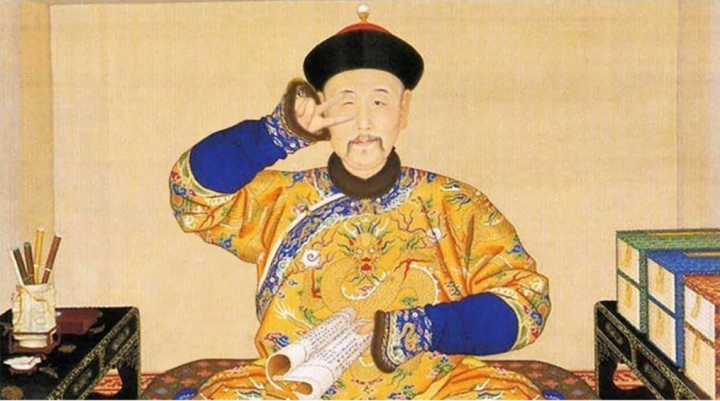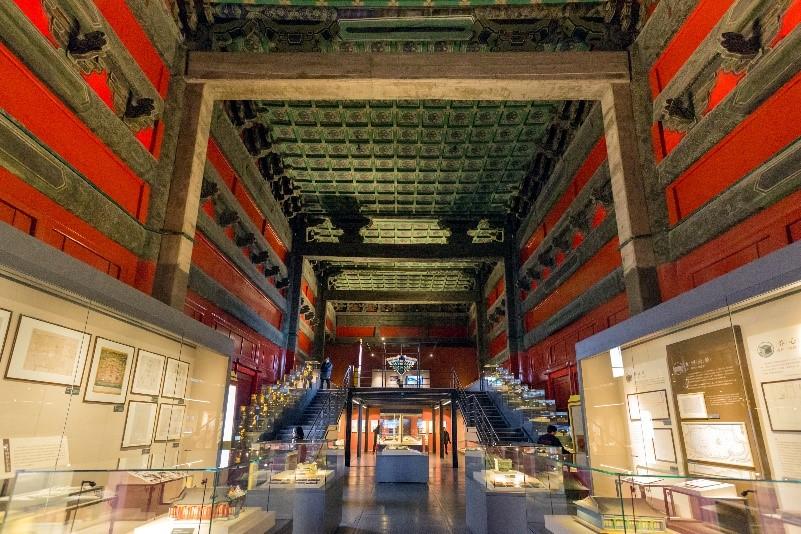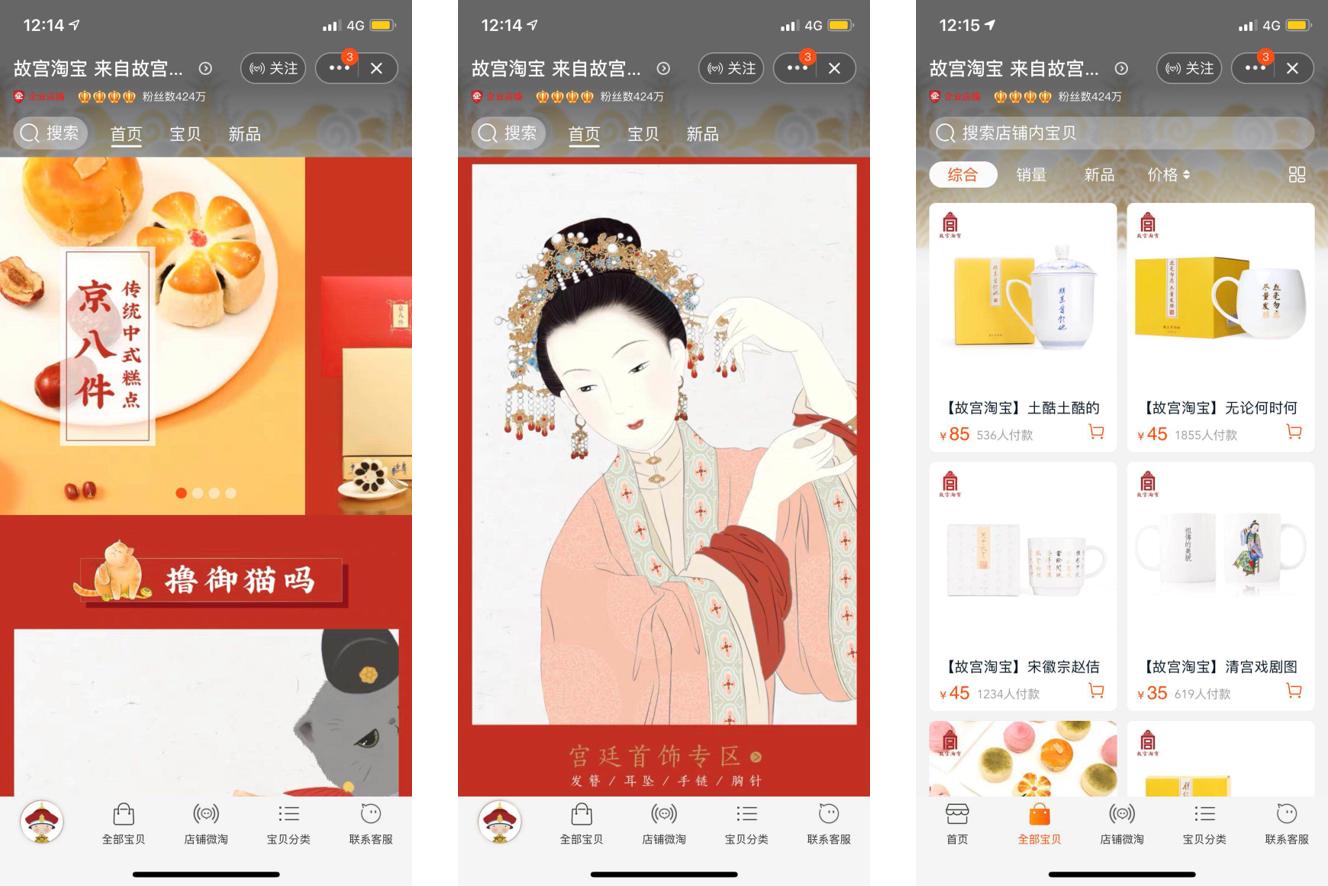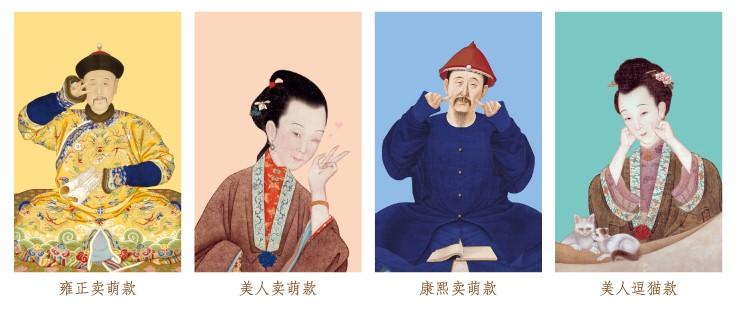

In the realm of museums, the critical concept of brand positioning emerges as a pivotal factor for industry evolution. While a handful have adeptly integrated digital marketing and technology into their strategies, a significant portion of museums remains mired in outdated practices, failing to ignite public interest and expand their audience base. The repercussions of this reluctance are evident in declining attendance rates globally, with many museums grappling to dispel the stereotype that they cater exclusively to history enthusiasts and tourists. A strategic reevaluation of brand positioning within the museum industry is imperative to not only reverse this trend but also to foster renewed enthusiasm and engagement from a broader spectrum of the public.
In the realm of brand positioning, the Palace Museum in Beijing’s Forbidden City defies convention with a transformative approach. By strategically revitalizing its brand image through the introduction of unique and humorous Wenchuang “文创” products, available on its Taobao online store, the museum has achieved remarkable success. This innovative strategy has not only elevated the Forbidden City to a central topic in Chinese popular culture but has also translated into substantial financial gains. Reports indicate that the museum’s income from souvenir, books, licensing, and digital product sales soared to an impressive RMB$10 billion in 2015 alone. The Palace Museum’s adept use of brand positioning exemplifies how embracing contemporary marketing strategies can not only breathe new life into traditional institutions but also generate significant financial returns.
By using the 4 facets of brand positioning, we can examine how the bold move succeeded in bringing new life to the 600-year old imperial palace.
China is one of the culturally richest countries in the world. It boasts a vast geographic expanse and has more than 3,600 years of written history spanning over 5 dynasties and 10 kingdoms periods. Ancient Chinese arts and sciences form a huge part of the Chinese identity and is still continuing to impact the Chinese way of life today. The cultural value of preserving such history and making it available to the public is unspeakable.

A look inside the Palace Museum inside the Forbidden City.
The Palace Museum alone houses more than a million of these rare and valuable historical artifacts, including ceramics, paintings, bronzeware, statues and more. As a unique type of institution serving for both the creative and the public service industries, it provides a physical forum for people to foster a deep understanding of Chinese history and cultural heritage.
With the advent of digital technology (3,600 years of Chinese history is now condensed into a single Wikipedia page) and a plethora of leisure offerings to choose from (wining & dining, shopping, sports events and more), interest for museum visits is falling. The fact that many museums still heavily rely on traditional marketing channels, such as print and TV ads, to reach its audience doesn’t help.
Shan Ji Xiang, President of the Palace Museum, however, wanted to break this mold. He believed that although history is a serious subject matter, it doesn’t have to be marketed that way. With the decision to rejuvenate the Palace Museum brand’s image, he aimed to make history feel accessible and inclusive to the mass and especially for the younger generation of China.
In 2013, the National Palace Museum in Taiwan sold a decorative tape with a cute miniature mascot of the Chinese Emperor. It became an instant hit and was sold out within a month. This inspired Beijing’s Palace Museum to follow suit. Within that same year, it introduced new lines of peripheral products including notebooks, paintings and bags that featured Chinese historical figures in unexpected “cute” poses. More conservative Chinese art-inspired products such as silk pajamas, kitchenware and lipsticks were also launched and sold in limited quantities.
Besides of a great product line, the Museum made the ingenious move to open an official store on Taobao, making the merchandise available nationwide through the e-commerce platform. This transformed the occasion in which these products are used. From niche souvenirs with limited functionality that were previously only available on-premise, the peripheral products have now expanded to a wide selection of lifestyle products that can be used in day-to-day life. Instead of being a typical museum gift store, the Palace Museum has now turned itself into a mainstream online lifestyle products brand.

The Palace Museum’s official online store on e-commerce platform Taobao. The store sells an assortment of lifestyle products as well as other small gifts.
The move proved to be a huge success. The official store has garnered more than 4 million fans and followers, which is much more than the on-site gift shop would’ve gotten in foot traffic. New launches often appear in headlines and products regularly get sold out within weeks.
As an attempt to appeal to the younger generation of China, the Palace Museum knew that it needed to shed its dull image and inject vitality to its brand. Realizing that most museum souvenirs are unimaginative, the Museum reinvented its products with a decidedly different tone and personality. Using the sentiment that “history is dull” to its advantage, new souvenir designs placed ancient history in a modern context. The most evident example of this is the “卖萌”, or “acting cute”, product series, which took prominent historical figures and redrew them posing with cute hand gestures. The visuals painted a humorous picture how people who lived in ancient times would act if they were alive today. Not only do audience resonate with the new designs, but they also worked to replace the Museum’s previously self-serious image with a youthful and witty personality.

In 2017, the Palace Museum received record attendance with 16.7 million visitors and officially overtook the Louvre as the most visited art institution in the world. But despite the positive outlook, the Forbidden City and the Palace Museum are continuing to look for ways to promote themselves not as just a tourist destination, but as a distinct brand of its own.
The Palace Museum and the Forbidden City are symbolic of Chinese culture and heritage. This is perhaps one of the most organic and distinct sources of inspiration to have ever been used to create not only a brand, but also the surrounding intellectual property (IP) associated with it.
Shan knew that the opportunities to stem from this revitalized image are endless:
“The new Wenchuang products not only spread the culture of the Forbidden City, but also created an unprecedented amount hype and popularity surrounding the topic. To keep up with the changing times, we must not be stuck in the past.”
A Labbrand Group Company © 2005-2024 Labbrand All rights reserved
沪ICP备17001253号-3To improve your experience, we use cookies to provide social media features, offer you content that targets your particular interests, and analyse the performance of our advertising campaigns. By clicking on “Accept” you consent to all cookies. You also have the option to click “Reject” to limit the use of certain types of cookies. Please be aware that rejecting cookies may affect your website browsing experience and limit the use of some personalised features.